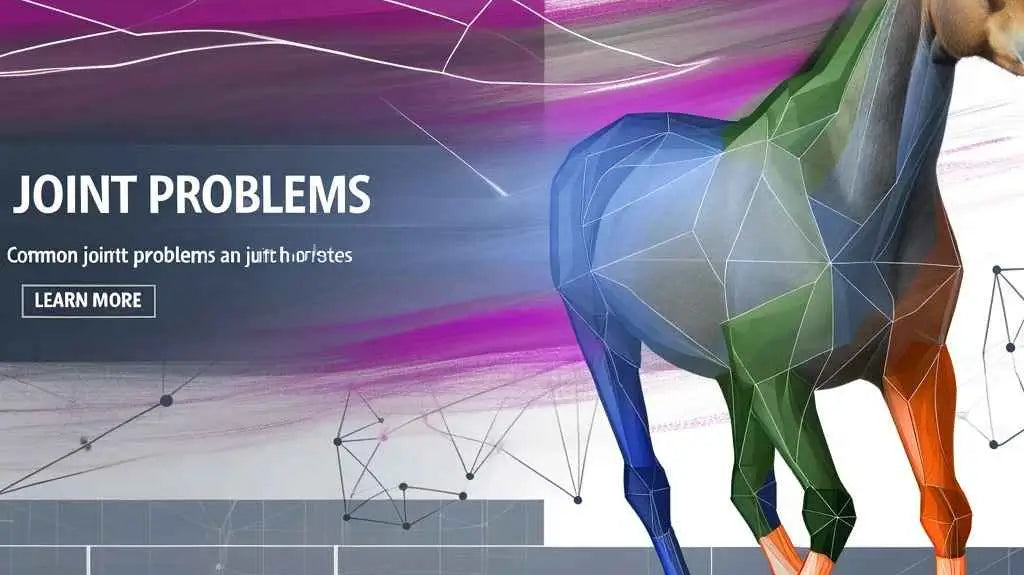Understanding Equine Herpesvirus (EHV): A Texas Case
In the age of outbreaks and global pandemics, even our four-legged friends aren't safe. We're not talking about a parallel horse-pandemic, but it's worth noting. Equine Herpesvirus (EHV), a highly contagious disease in horses, grabbed headlines in Lynn County, Texas. A horse tested positive for the disease and has since been quarantined. This unfortunate event has sparked conversations about the prevention and management of EHV - but more on that later. Let's first understand what we're dealing with.
What is Equine Herpesvirus (EHV)?
Aside from being a mouthful (EHV — try saying that five times fast!), Equine Herpesvirus is a serious issue in the equine world. It’s known to cause respiratory issues and distressing neurological symptoms in horses. For those pulling a face, trying to decipher that jargon — it means this virus makes it difficult for horses to breathe. Good thing horses can't wear masks, or they'd be getting them in XXL!
The Symptoms and Transmission of EHV
Being vigilant is as important with horses as it is with your partner on the night of a big game. Fever, loss of appetite, nasal discharge, and breathing difficulties are all telltale signs. If things go from hoof to worse, horses may even display neurological symptoms, such as loss of coordination and urinary incontinence — akin to your partner witnessing their team lose.
EHV loves to party, spreading through direct contact with infected horses, contaminated surfaces, and contaminated equipment. It’s even airborne, giving it a 10/10 for adaptability but a giant, resounding neigh for how tough it can make things for our equine friends.
Prevention and Management of EHV
Strict biosecurity measures can be more significant than a Kentucky Derby win in the face of EHV. Quarantining new horses, limiting horse-to-horse contact, and disinfecting equipment and surfaces can help keep this party-lurking virus at bay. Besides, hosting a horse party sounds expensive.
Existing EHV-1 vaccines dutifully attempt to keep the virus in check by reducing viral shedding, but they aren't equipped to guard horses against the neurological form of the disease. A whole new level of horse power is required for that, it seems.
Future Research Directions
Despite this Texas-sized scare, valuable lessons and research directions have emerged. Understanding the prevalence and regional distribution of EHV in the U.S. and the socioeconomic impact of outbreaks on the equine industry are valuable study areas. Comparative studies of treatment and management approaches can also provide valuable insights into halting this virus.
Additionally, research into the availability and efficacy of vaccines for EHV is essential. With vaccines that reduce viral shedding but do not protect against neurological damage, there's room for improvement in the vaccination department.
The Importance of Staying Informed
The recent EHV outbreak in Texas has highlighted the importance of prevention measures and strives toward shedding light on this contagious disease. While existing vaccines help somewhat, they are not the full solution — similar to how a saddle isn't complete without a rider.
Knowledge is as invaluable as a Triple Crown win. Stay informed about EHV and its prevention measures to ensure the health and well-being of horses. After all, we want our stallions and mares to be galloping gloriously and healthily into the sunset.
This article was sponsored by Boehringer Ingelheim, a pharmaceutical company. The information about EHV is credited to the Equine Disease Communication Center.




